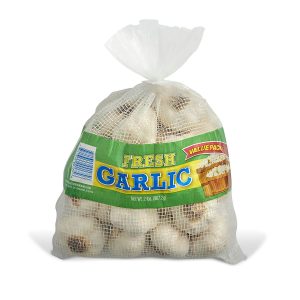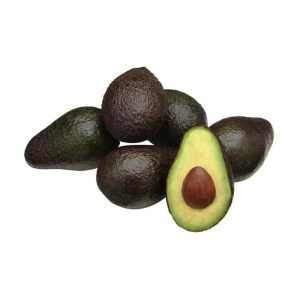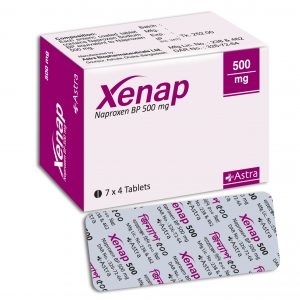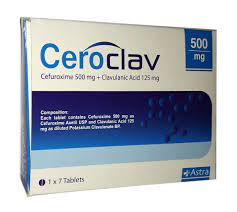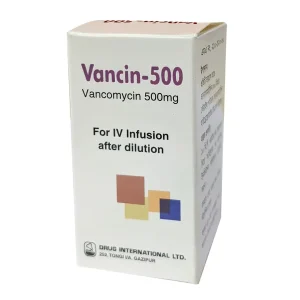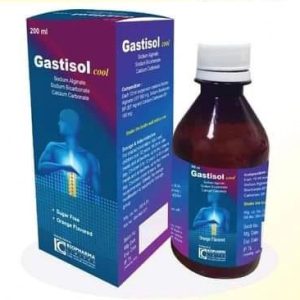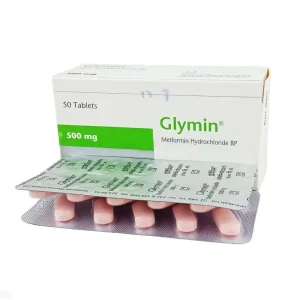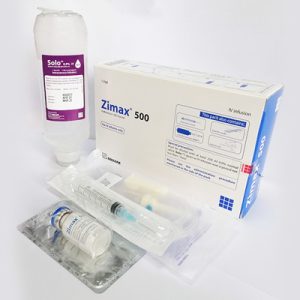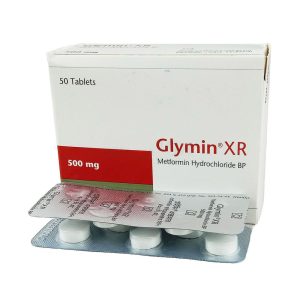Best Seller Items
-
Augason Farms Freeze Dried Beef
- Unrestrained and portable active stereo speaker
- Free from the confines of wires and chords
- 20 hours of portable capabilities
- Double-ended Coil Cord with 3.5mm Stereo Plugs Included
- 3/4″ Dome Tweeters: 2X and 4″ Woofer: 1X
৳ 64.99Augason Farms Freeze Dried Beef
৳ 64.99 -
Vita Coco Coconut Water (Pack of 12)
- Unrestrained and portable active stereo speaker
- Free from the confines of wires and chords
- 20 hours of portable capabilities
- Double-ended Coil Cord with 3.5mm Stereo Plugs Included
- 3/4″ Dome Tweeters: 2X and 4″ Woofer: 1X
৳ 20.08৳ 25.89Vita Coco Coconut Water (Pack of 12)
৳ 20.08৳ 25.89 -
Australia Banana 16 Pack 2.5 kg
- Unrestrained and portable active stereo speaker
- Free from the confines of wires and chords
- 20 hours of portable capabilities
- Double-ended Coil Cord with 3.5mm Stereo Plugs Included
- 3/4″ Dome Tweeters: 2X and 4″ Woofer: 1X
৳ 59.99Australia Banana 16 Pack 2.5 kg
৳ 59.99 -
Ocean Spray 100% Juice, 10 Ounce Bottle
- Unrestrained and portable active stereo speaker
- Free from the confines of wires and chords
- 20 hours of portable capabilities
- Double-ended Coil Cord with 3.5mm Stereo Plugs Included
- 3/4″ Dome Tweeters: 2X and 4″ Woofer: 1X
৳ 4.35৳ 9.99Ocean Spray 100% Juice, 10 Ounce Bottle
৳ 4.35৳ 9.99 -
Garlic – NZ New Season – Pukekohe – 100g
- Unrestrained and portable active stereo speaker
- Free from the confines of wires and chords
- 20 hours of portable capabilities
- Double-ended Coil Cord with 3.5mm Stereo Plugs Included
- 3/4″ Dome Tweeters: 2X and 4″ Woofer: 1X
৳ 2.56৳ 3.02Garlic – NZ New Season – Pukekohe – 100g
৳ 2.56৳ 3.02 -
NutriPlus Classic M Egg 15pcs
- Unrestrained and portable active stereo speaker
- Free from the confines of wires and chords
- 20 hours of portable capabilities
- Double-ended Coil Cord with 3.5mm Stereo Plugs Included
- 3/4″ Dome Tweeters: 2X and 4″ Woofer: 1X
৳ 7.99
-
Xenap Tablet
As with other non-selective NSAIDs, naproxen exerts it’s clinical effects by blocking COX-1 and COX-2 enzymes leading to decreased prostaglandin synthesis. Although both enzymes contribute to prostaglandin production, they have unique functional differences. The COX-1 enzymes is constitutively active and can be found in normal tissues such as the stomach lining, while the COX-2 enzyme is inducible and produces prostaglandins that mediate pain, fever and inflammation. The COX-2 enzyme mediates the desired antipyretic, analgesic and anti-inflammatory properties offered by Naproxen, while undesired adverse effects such as gastrointestinal upset and renal toxicities are linked to the COX-1 enzyme.
-
Ceroclav Tablet
Clavulanic acid is a naturally derived beta lactamase inhibitor produced by Streptomyces clavuligerus. It has similar structure to beta lactam antibiotics which binds irreversibly to beta-lactamase enzymes and inactivates them. Clavulanic acid gives protection of Cefuroxime from degradation by beta lactamase enzymes and provides a solution for the treatment of bacterial infections caused by beta lactam resistant bacteria.
-
-
Gastisol Cool Oral Suspension
The mode of action of the product is physical and does not depend on absorption into the systemic circulation. The product is a combination of two antacids (Calcium Carbonate and Sodium Bicarbonate) and an Alginate. On ingestion, the medicinal product reacts rapidly with gastric acid to form a raft of Alginic Acid gel having a near neutral pH and studies have shown that the raft interacts with and caps the acid pocket in the stomach, reducing esophageal acid exposure. The raft floats on the stomach contents effectively impeding gastro-esophageal reflux, for up to 4 hours, and protecting the esophagus from Acid, Pepsin and Bile.In severe cases the raft itself may be refluxed into the esophagus, in preference to the stomach contents, and exert a demulcent effect. In addition in vitro evidence has shown that the raft has a secondary action and is able to entrap bile and pepsin within it structure, further protecting the esophagus from these gastric components. Calcium Carbonate neutralizes gastric acid to provide fast relief from indigestion and heartburn.This effect is increased by the addition of Sodium Bicarbonate which also has a neutralizing action.
৳ 250.00Gastisol Cool Oral Suspension
৳ 250.00 -
Glymin Tablet
Metformin is a biguanide type oral antihyperglycemic drug used in the management of type 2 diabetes. It lowers both basal and postprandial plasma glucose. Its mechanism of action is different from those of sulfonylureas and it does not produce hypoglycemia. Metformin decreases hepatic glucose production, decreases intestinal absorption of glucose and improves insulin sensitivity by an increase in peripheral glucose uptake and utilization.
-
Xeloda Tablet
Capecitabine is a prodrug that is selectively tumour-activated to its cytotoxic moiety, fluorouracil, by thymidine phosphorylase, an enzyme found in higher concentrations in many tumours compared to normal tissues or plasma. Fluorouracil is further metabolized to two active metabolites, 5-fluoro-2′-deoxyuridine 5-monophosphate (FdUMP) and 5-fluorouridine triphosphate (FUTP), within normal and tumour cells. These metabolites cause cell injury by two different mechanisms. First, FdUMP and the folate cofactor, N5-10 methylenetetrahydrofolate, bind to thymidylate synthase (TS) to form a covalently bound ternary complex. This binding inhibits the formation of thymidylate from 2-deoxyuridylate. Thymidylate is the necessary precursor of thymidine triphosphate, which is essential for the synthesis of DNA, therefore a deficiency of this compound can inhibit cell division. Secondly, nuclear transcriptional enzymes can mistakenly incorporate FUTP in place of uridine triphosphate (UTP) during the synthesis of RNA. This metabolic error can interfere with RNA processing and protein synthesis through the production of fraudulent RNA.
-
Ciko Tablet
Citicoline is a naturally occurring substance that is an essential intermediate in the synthesis of structural phospholipids of cell membrane. Oral dose of Citicoline is metabolized to choline & cytidine. These then enter into the systemic circulation, cross the blood-brain barrier and recombine to form Citicoline within the central nervous system. Citicoline activates the biosynthesis of structural phospholipids in the neuronal membrane, promotes rapid repair of injured cell surface & mitochondrial membrane & increases the level of various neurotransmitters like acetylcholine & dopamine. Citicoline has neuroprotective effects in situations of hypoxia & ischemia, as well as improved learning & memory performance in animal models for the aging brain. Citicoline inhibits the activation of Phospholipase A2 to prevent apoptotic & necrotic cell death.
-
Zimax IV Infusion
Azithromycin’s half-life allows a large single dose to be administered and yet maintain bacteriostatic levels in the infected tissue for several days. Following a single 500 mg dose, plasma concentrations of azithromycin declined in a polyphasic pattern with a mean apparent plasma clearance of 630 mL/min and a terminal elimination half life of 68 hours. The prolonged terminal half-life is thought to be due to extensive uptake and subsequent release of drug from tissues. Biliary excretion of azithromycin, predominantly unchanged, is a major route of elimination. Over the course of a week, approximately 6% of the administered dose appears as unchanged drug in urine.
৳ 461.38Zimax IV Infusion
৳ 461.38 -
G-Meropenem IV Injection or Infusion
Meropenem is a carbapenem antibiotic for parenteral use . It exerts its bactericidal action by interfering with bacterial cell wall synthesis. It penetrates bacterial cell walls, its high level of stability to all serine beta-lactamases and its marked affinity for the Penicillin Binding Proteins (PBPs.). It shows potent bactericidal activity against a broad spectrum of Gram-positive and Gram-negative, aerobic and anaerobic bacteria.
৳ 287.00G-Meropenem IV Injection or Infusion
৳ 287.00 -
Glymin XR Tablet (Extended Release)
Metformin is a biguanide type oral antihyperglycemic drug used in the management of type 2 diabetes. It lowers both basal and postprandial plasma glucose. Its mechanism of action is different from those of sulfonylureas and it does not produce hypoglycemia. Metformin decreases hepatic glucose production, decreases intestinal absorption of glucose and improves insulin sensitivity by an increase in peripheral glucose uptake and utilization.

